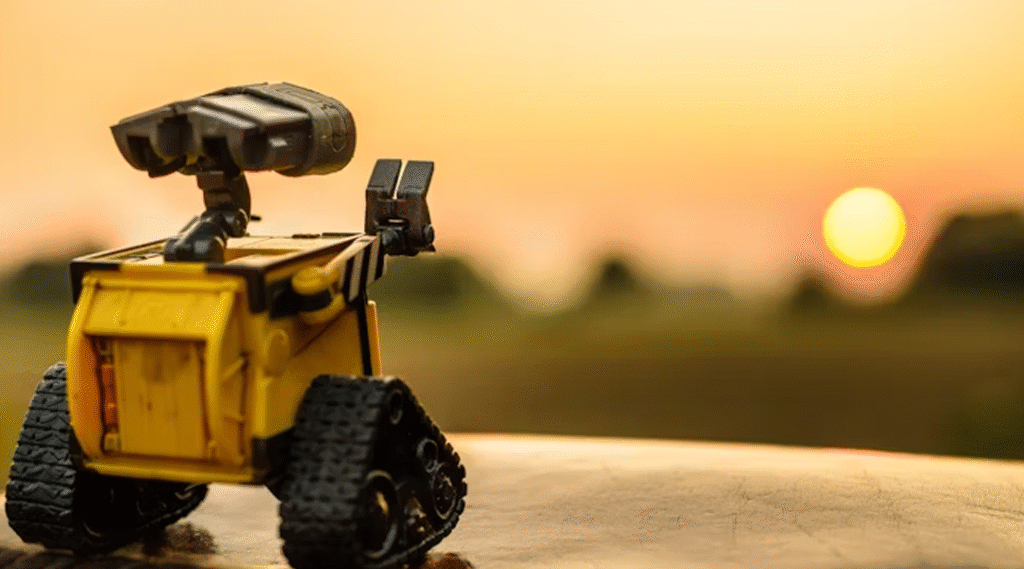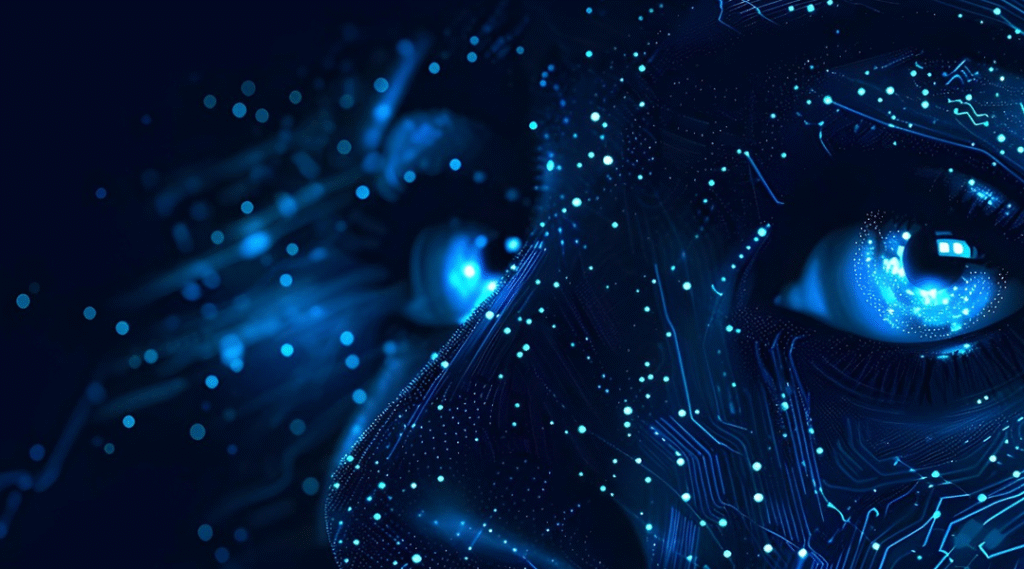As robotics moves from factory floors and research labs into homes, hospitals, and city streets, developers face a complex landscape of technical hurdles, ethical debates, and market pressures. Overcoming these challenges requires not only cutting‑edge engineering but also holistic strategies that blend hardware innovation, software advances, and collaborative ecosystems. This article examines the key obstacles in robotics development, outlines effective solutions, and highlights the trends shaping the next wave of robotic capabilities.
1. Core Challenges in Robotics Development
a. Perception and Sensing Limitations
Robots must interpret unstructured, dynamic environments—from cluttered living rooms to crowded warehouses—with human‑level nuance. Existing sensors (cameras, lidar, sonar) struggle with low‑light conditions, reflective surfaces, or occlusions, leading to unreliable object detection and mapping.
b. Robust Decision‑Making and Autonomy
High‑level autonomy demands split‑second decisions under uncertainty. Machine‑learning models can falter when encountering scenarios outside their training data—think a service robot misclassifying a fallen object or an autonomous drone misinterpreting a sudden obstacle.
c. Power and Mobility Constraints
Balancing payload capacity, battery life, and mechanical agility remains a persistent trade‑off. Mobile robots often face limited operational time, bulky charging requirements, and difficulty navigating uneven terrain or stairs.
d. Human–Robot Interaction (HRI) and Safety
As robots enter shared spaces with humans, ensuring safe, intuitive interaction is paramount. Poorly designed interfaces can lead to misunderstandings, and even minor mechanical errors can pose serious injury risks.
e. Integration and Scalability
Deploying fleets of robots at scale introduces challenges in fleet management, software updates, and interoperability across different manufacturers’ platforms and communication protocols.
2. Corresponding Solutions
a. Multimodal Sensor Fusion
Combining data from complementary sensors—vision, radar, tactile arrays, and depth cameras—enhances environmental understanding. Advanced sensor‑fusion algorithms use probabilistic frameworks (e.g., Bayesian filters) and neural networks to reconcile noisy inputs, improving reliability in challenging conditions.
b. Reinforcement Learning and Simulation‑Based Training
Reinforcement learning (RL) allows robots to learn behaviors through reward‑driven trials within simulated environments. By leveraging high‑fidelity digital twins, developers can expose RL agents to millions of virtual scenarios—including rare edge cases—before deploying models to real hardware. Techniques like domain randomization further bridge the “sim‑to‑real” gap.
c. Energy‑Efficient Actuation and Power Systems
Innovations in lightweight materials (carbon‑fiber composites, advanced polymers) reduce robot mass, while next‑generation batteries (solid‑state, lithium‑sulfur) and energy‑harvesting mechanisms (solar panels, regenerative braking) extend operational time. Additionally, soft‑robotic joints and variable‑stiffness actuators mimic biological efficiencies, lowering power draw during locomotion and manipulation.
d. Human‑Centered Design and Collaborative Control
Incorporating user feedback loops and employing adaptive control schemes—where robots dynamically adjust speed and force based on proximity sensors—boosts safety. Wearable haptic interfaces and intuitive gesture controls allow nonexperts to guide robots, while standardized safety protocols (ISO 10218, ISO/TS 15066) ensure compliance in industrial and service contexts.
e. Cloud Robotics and Modular Architectures
By offloading heavy computation—such as global path planning or large‑scale vision processing—to the cloud, individual robots can operate with simpler onboard hardware. Containerized microservices and open APIs (Robot Operating System 2, DDS) facilitate seamless updates and interoperability, enabling mixed‑fleet coordination and rapid feature rollout.
3. Emerging Trends in Robotics
a. Edge‑AI and TinyML
Deploying compact neural networks directly on robot controllers reduces latency and dependence on cloud connectivity. TinyML frameworks enable vision‑based quality control on factory floors and real‑time gesture recognition in consumer devices.
b. Swarm Robotics and Collective Intelligence
Inspired by social insects, swarms of simple robots can collaborate to perform complex tasks—search and rescue, agricultural planting, or warehouse order fulfillment—by sharing local information and adapting to dynamic conditions without centralized control.
c. Biohybrid and Soft Robotics
Integrating living cells or tissues with synthetic structures produces soft robots that can self‑repair, navigate delicate environments (medical endoscopes), or morph their shape for versatile locomotion. These systems promise unprecedented adaptability and safety.
d. Human‑Robot Collaboration in Co‑working Spaces
Cobots (collaborative robots) designed to operate side by side with humans in workshops and laboratories are gaining traction. Their force‑limited joints, advanced vision, and adaptive behaviors allow safe hand‑offs and joint task execution—augmenting rather than replacing human labor.
e. Democratization through Robotics as a Service (RaaS)
Subscription‑based access to robotic solutions lowers entry barriers for SMEs. By offering turnkey packages—hardware, software, maintenance—RaaS models accelerate adoption in retail, healthcare, and hospitality, enabling businesses to scale automation on demand.
Stands at A Pivotal Juncture
Robotics stands at a pivotal juncture: the transition from isolated proof‑of‑concepts to broad, real‑world deployment hinges on overcoming core challenges in sensing, autonomy, power management, and human integration. Through sensor fusion, advanced learning paradigms, energy‑efficient hardware, and collaborative frameworks, researchers and companies are steadily dismantling these barriers. As edge‑AI, soft robotics, swarm intelligence, and RaaS models converge, the next decade promises robots that are safer, smarter, and more versatile—reshaping industries and enriching everyday life.
As for more articles about Robotics, please read:
Wiring Tomorrow’s Workforce: Integrating Smart IoT, 5G, Cloud, and AI to Forge a Robust Robot World
From Fiction to Reality: Could “I, Robot” Unfold in Our AI-Driven Future?
Realism Showdown: “I, Robot” vs. “Iron Man” in the AI Era
Competing the Skies: Deep Analysis of Major Drone Players’ Advantages and Disadvantages
Connected Intelligence: How Smart IoT Technologies Underpin the Future of Robotics
Humanoid Robotics Face-Off: Assessing Tesla Optimus and Its Top Competitors
As for in-depth insight articles about AI tech, please visit our AI Tech Category here.
As for in-depth insight articles about Auto Tech, please visit our Auto Tech Category here.
As for in-depth insight articles about Smart IoT, please visit our Smart IoT Category here.
As for in-depth insight articles about Energy, please visit our Energy Category here.
If you want to save time for high-quality reading, please visit our Editors’ Pick here.



